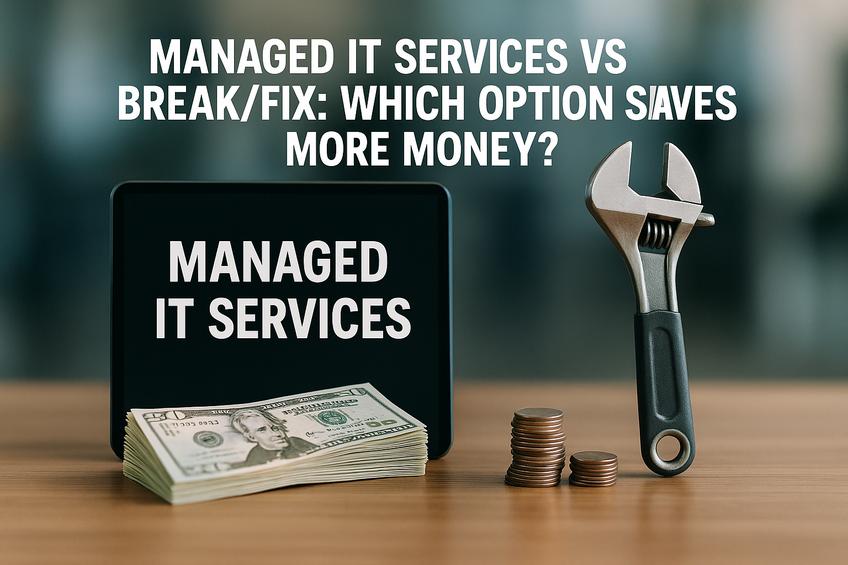Understanding Managed IT Services and Break/Fix Support
When evaluating IT support options, businesses often consider two primary models: managed IT services and break/fix support. Both serve crucial roles but differ significantly in their approach and objectives.
Managed IT Services
Managed IT Services offer a proactive and continuous management of a company’s IT infrastructure. This model involves ongoing monitoring, maintenance, and optimization to prevent issues before they disrupt business operations. Managed service providers (MSPs) typically charge a fixed monthly fee, allowing organizations to budget their IT expenses predictably while benefiting from expert support, enhanced security, and strategic IT planning. This approach minimizes downtime and supports business growth by ensuring IT systems are reliable and up-to-date. For more information, visit Barreras IT Corporation Managed IT Services.
Proactive vs. Reactive Approaches
Managed IT services encompass a comprehensive approach to overseeing and supporting a company's IT infrastructure through proactive maintenance, continuous monitoring, and subscription-based service plans. In contrast, the Break/Fix Model is a reactive form of IT support. Businesses contact IT professionals only when problems arise, such as hardware failures or software malfunctions. This results in unpredictable costs and extended downtime while issues are diagnosed and resolved. According to Cynet, the break/fix model was popular in the early 2000s but is now often seen as less efficient due to its reactive nature and potential for costly downtime.
Financial Implications of Support Models
While the break/fix model may seem cost-effective initially, it often leads to operational challenges such as increased downtime and unpredictable costs. The reactive approach means that technicians unfamiliar with the specific IT environment must spend extra time diagnosing problems, thereby prolonging outages and disrupting business continuity. This may result in quick fixes rather than long-term solutions, as pointed out by Kaseya, who provides insights on the challenges of this model.
Cost Comparison: In-House IT vs. Outsourced Services
When comparing IT support models, costs can vary significantly depending on whether a business opts for in-house IT staff, outsourced IT services, or managed IT services. In-house IT often leads to higher fixed costs, including salaries and benefits, which can become particularly burdensome for small to medium-sized businesses with fluctuating IT demands. Outsourcing IT can offer more scalable pricing structures, with managed IT services typically charging a predictable flat monthly fee. For an insightful cost comparison, visit the detailed analysis by Meriplex.
Key Considerations for Choosing IT Support
Choosing the right IT support model hinges on balancing your organization’s operational needs and budget constraints. Here are several key insights to guide this decision:
- Assess operational complexity: Smaller organizations may benefit from less comprehensive, cost-effective models like basic in-house support or break-fix services, while larger companies may require managed IT services for scalability.
- Consider budget flexibility: Managed IT support can convert fixed costs into predictable monthly expenses, offering financial agility.
- Evaluate strategic priorities: Outsourcing IT allows internal teams to focus on core business initiatives by delegating routine maintenance to experts.
- Review risk tolerance and compliance needs: Organizations subject to regulatory standards may require enhanced security measures and disaster recovery planning.
Ultimately, a well-chosen IT support model aligns technology management with your business goals. For tailored solutions that optimize cost and efficiency, consider exploring managed IT services through Barreras IT. Their expertise can help ensure your IT infrastructure supports your evolving operational needs while staying within budget.
Conclusion
In summary, managed IT services focus on prevention, continuous support, and strategic IT management, whereas the break/fix model responds primarily to immediate technical problems. Understanding these differences and the financial implications can assist companies in making informed decisions that suit their IT needs.





